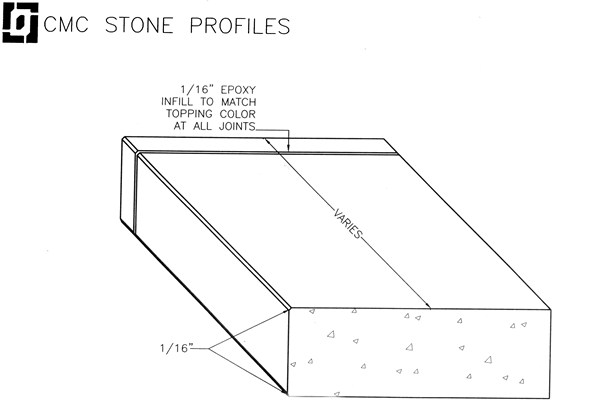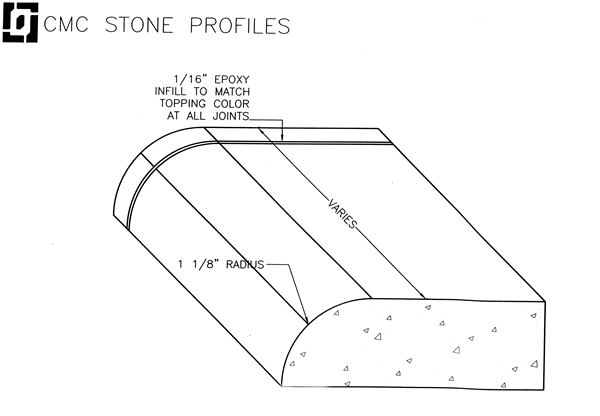Frequently Asked Questions: Marble
Question: Can I use a marble countertop for my kitchen?
Answer: Marble countertops can be scratched more easily than harder stone such as granite. Marble is sometimes used in the kitchen as a pastry slab; it is perfectly smooth, cool surface is ideal for rolling out dough and piecrusts. We do not advise the use of marble for heavy use areas as it is likely the stone will be etched and or stained over time.
Question: What is etching?
Answer: Etching occurs when acid in some form comes in contact with a polished marble or limestone surface. This causes a chemical reaction that removes the polish, or roughens the surface of honed stone.
Question: Can your company make a custom marble countertop for me?
Answer: Yes, we can build a custom marble countertop for you. Our custom made countertop is also a very affordable option for our customers.
Question: Does granite or marble chip or scratch?
Answer: Granite is a very dense material and under normal conditions it is chip and scratch resistant. However, we do not recommend a straight edge polish for countertops, especially around a sink because pots, pans, and other heavy objects may chip the sharp edge of a straight edge finish. Several other edge options are available that will look beautiful and reduce the chance of chipping. Marble countertop can be chipped and scratched under normal use and therefore, should be used in low traffic areas and should always be treated like a piece of fine wood.
Question: What is honed marble or limestone and where can it be used?
Answer: Marble or limestone that is honed has a matte or satin finish, rather than a high reflective polish. This is achieved at the factory by stopping just short of the last stage of polishing. One feature of honed marble is that it doesn′t show etching as readily, or wear patterns on floors. Some prefer it because it has a less formal, softer appearance than polished stone and is also a good choice for marble countertops.
Question: What is marble?
Answer: It is a natural stone formed from fossil sediment deposits, which have been placed under the earth′s tremendous pressure for at least a few million years. The combination of the natural materials in these deposits, along with natural geologic events, produces unique veining with a richness of depth and intensity. Marble material is generally softer than granite, therefore scratching occurs more so on marble. This characteristic should be considered when making your stone selection. Generally, marble countertops are recommended for such places as: bathrooms, bar tops, fireplaces, etc; and granite countertops are generally utilized for kitchen countertops. Aside from our recommendations, if so desired, marble can be used for any countertop. Marble is available in a multitude of colors from light to dark, and generally boasts beautiful flowing veins. This unequalled beauty makes marble a natural choice for countertops, bath vanities, wall and floor tiles or slabs, and tub and fireplace surrounds.
Question: Can I use a marble countertop for my kitchen?
Answer: Marble countertops can be scratched more easily than harder stone such as granite. Marble is sometimes used in the kitchen as a pastry slab; it is perfectly smooth, cool surface is ideal for rolling out dough and piecrusts. However, keep in mind that the ideal material for the kitchen is granite. Marble pieces that have a honed finish will not etch because their surfaces start out with a matte finish. Surface damage like rings can still occur on honed tops. Because marble (and limestone) are calcium carbonate, the polished surface is more vulnerable to household acids including vinegar, mustard, ketchup, citrus and a host of other food-related products. These acidic substances cause a chemical reaction that will remove the polish.
Question: What affects pricing of granite and marble countertops?
Answer: There are several variables that affect the pricing of granite and marble countertops. The material is priced by the square foot and these costs are dependent on the product′s standard availability and the origin of material. Additional costs, such as cooktop or sink cutouts, fabrication costs, edge profile and special requests are priced separately.











